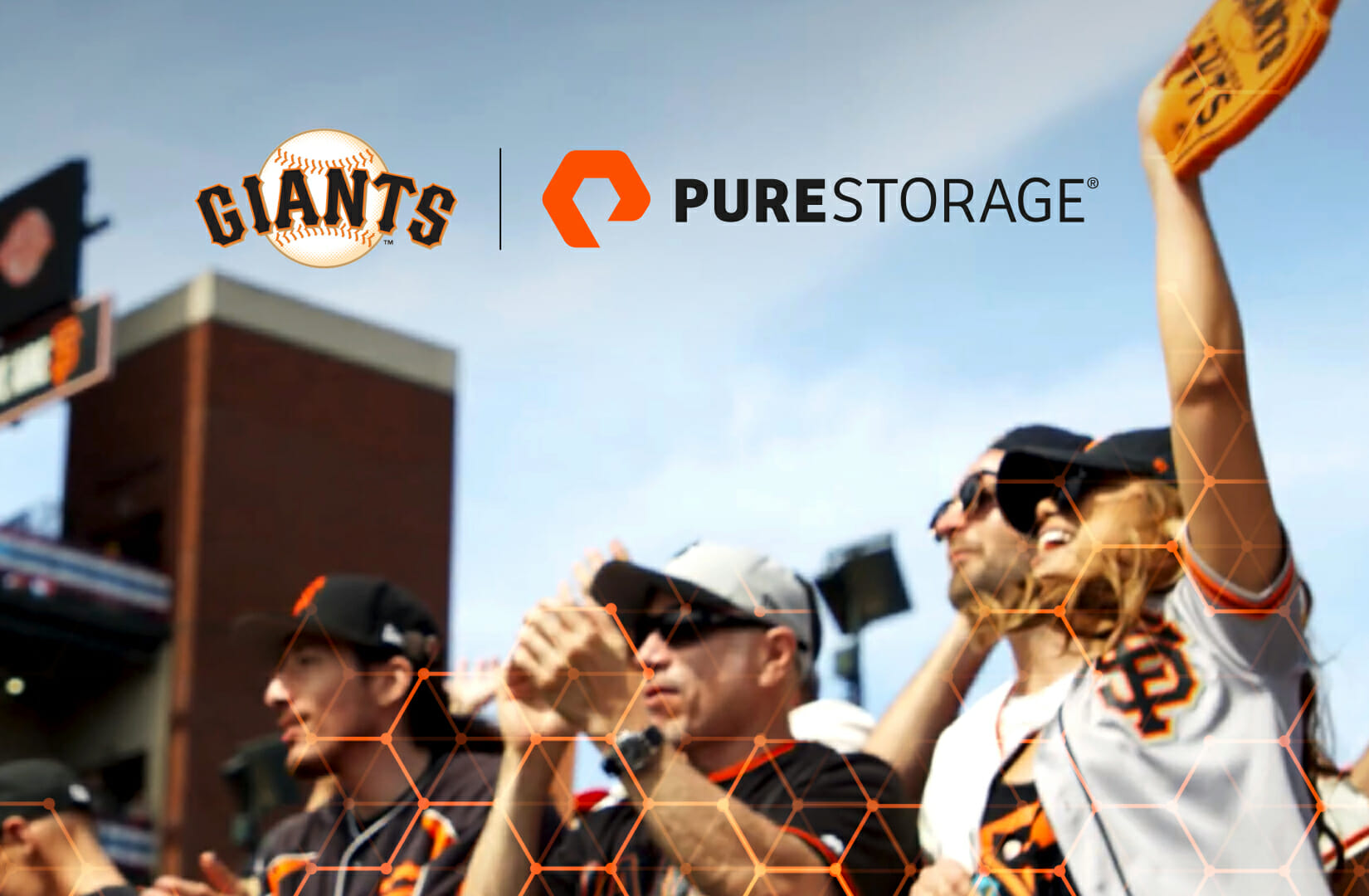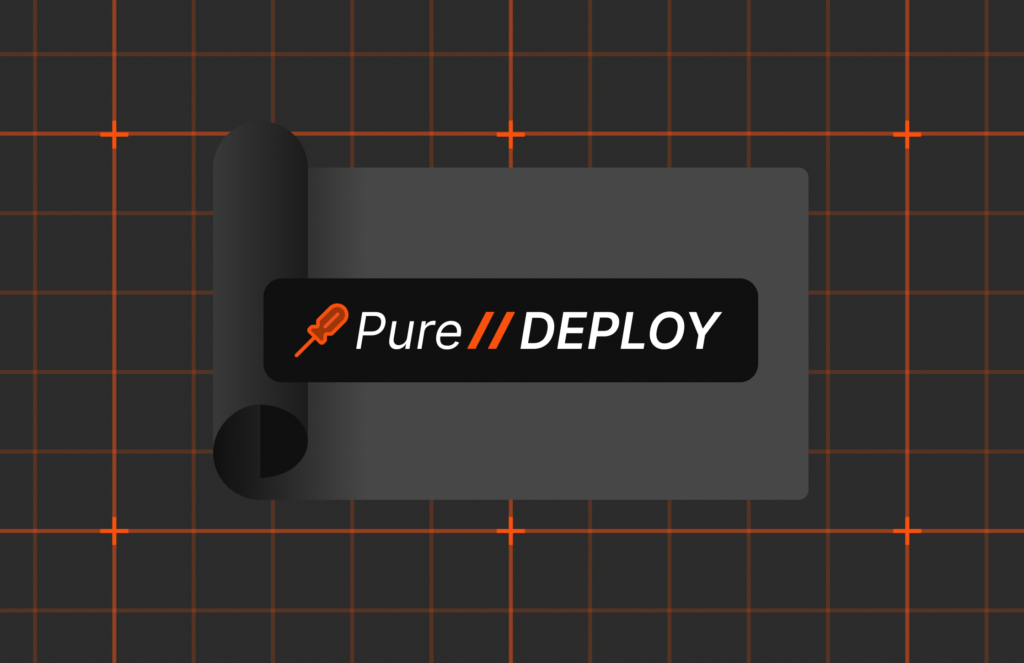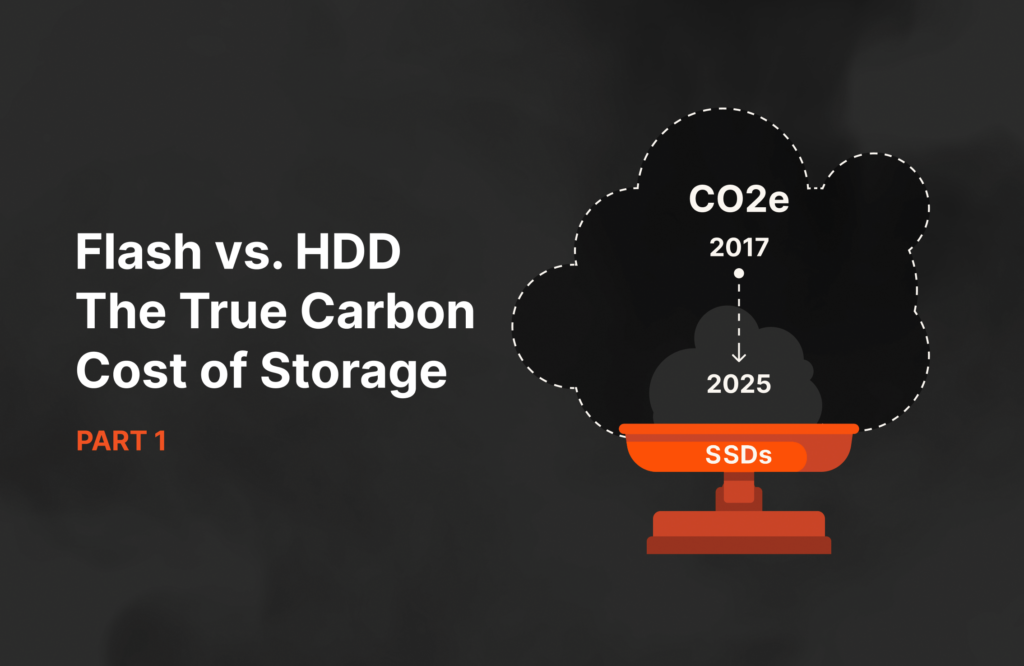Like most Major League Baseball (MLB) teams, the San Francisco Giants often experiment with new and innovative ways to bring people to Oracle Park. The team’s novel marketing campaign for the 2023 season, “Nothing Like It,” which targets baseball “skeptics,” is a testament to that.¹ And once they have fans through the gates at Oracle Park, they aim to create standout experiences that keep them engaged and coming back.
In addition to straight-up marketing and advertising, the Giants employ server-based machine learning (ML) and artificial intelligence (AI) to help make data-driven decisions based on predictive analysis around what different ticketing products and promotions they should offer fans to drive ticket sales. The club also relies on real-time data analytics to improve operations, drive sustainability, and increase concession sales—while making sure Giants fans can purchase food and beverages at the ballpark as quickly as possible while enjoying their gameday experience.
And now, after a period of significant digital transformation that has made Oracle Park the first 100% Wi-Fi 6E-ready professional sports venue, the San Francisco Giants seek to leverage their future-forward IT infrastructure and modern data analytics capabilities even further to deepen their understanding of fan behavior and interests.² That includes potentially developing future innovations to enhance the fan experience, like using augmented reality and virtual reality and even expanding the use of biometrics to expedite park entry.³
“The San Francisco Bay Area has been the epicenter of technology innovation for many years, and our fans expect the hometown Giants to reflect this innovative spirit in the experience we provide here at Oracle Park,” says Bill Schlough, the team’s Chief Information Officer. “Partners like Pure make that possible.”
The Giants rely on data insights to develop their corporate partnership sales strategy.⁴ Data is also an important factor in the club’s renewal strategy with long-standing corporate partnerships. And data analytics helps to inform the sales strategy to determine prospective partners.⁵
The Giants use data to measure the impact of sponsorships, tracking metrics like brand awareness, impressions, and Nielsen’s Quality Index (QI) media value. By analyzing this data, they can understand the value of each asset, optimize their sponsorships to be more effective, and help their partners get the best return from their investments.
For example, the Giants would work with a sponsor to create a targeted social media campaign that promotes the sponsor’s product or brand, and then track the campaign’s performance through metrics like engagement, social media value, and impressions.
Here’s a closer look at some other ways the San Francisco Giants are using data analytics to build stronger relationships with their fans—and their corporate and marketing partners:
Fan Segmentation
The Giants have developed an advanced data analytics program to segment their fan base into specific groups. They analyze data from social media, ticket sales, and other touchpoints to categorize fans based on their demographics, behavior, and preferences. The insight they gain from that analysis allows them to tailor marketing campaigns, sponsorships, and in-game promotions to each group’s needs and interests.
For instance, insights from ticketing and attendance analytics may prompt the Giants to create a special ticket package for families with young children during a particular time during the season—and then, promote the offer through social media channels that they know these families frequent. Or they might run a promotion targeted at fans who attend weekend games, offering them discounts or promotional items to entice them to come to weekday games.
Cross-channel Marketing
With so many ways to reach fans in the digital era, it’s important to have a cohesive strategy that integrates all channels for fan outreach and engagement. The Giants have taken this to heart, using data analytics to create a cross-channel marketing strategy that includes social media, email, mobile, and in-game promotions.
By using an omnichannel approach, the Giants can reach fans wherever they are, whether that’s on Instagram or TikTok, at the ballpark, or on their phones. As part of the “Nothing Like It” campaign, for example, the team is inviting fans to use GIF stickers from GIPHY to virtually position players in unexpected places.⁶ The team is also promoting its “Skeptickets” program on social media, encouraging fans to tag a baseball skeptic they know to collect a free ticket and come out to the ballgame to see the experience through a fan’s eyes.⁷
These types of marketing efforts not only help to build stronger relationships with fans but also help the Giants attract and retain sponsors who want to reach fans through multiple channels that help elevate exposure for their brands.
Dynamic Pricing
Data analytics has also enabled the Giants to implement a dynamic pricing model for tickets. This means that ticket prices change based on various factors, such as the day of the week, the team’s opponent, and weather conditions. By analyzing data on ticket sales and fan behavior, the Giants can adjust prices in real time to optimize revenue. For example, if demand for tickets is expected to be high for an upcoming game, the Giants might raise prices to capitalize on fans’ enthusiasm.
On the other hand, if sales are slow, the team might opt to lower ticket prices to entice more fans to attend. Dynamic pricing has become a standard practice across the sports industry, and the Giants have been at the forefront of this trend, using data to maximize revenue while providing fans with hard-to-resist ticket pricing at just the right time.
The Giants work with their sponsors to create special promotional items and events to heighten the fan experience and provide extra incentives to draw more people and new audiences to the ballpark when attendance is expected to be lower. For instance, the Giants hold heritage night special events to celebrate various groups while driving new group sales. One of the top promotional items in 2023 was the Pride Day jersey, which was sponsored. To drive ticket sales and early ballpark entry, distribution is typically limited to the first 20,000 fans.
A Partnership Built on Data
The San Francisco Giants are a prime example of how data analytics can be harnessed for partnerships and marketing in the sports world. By collecting and analyzing data on fan behavior, sponsorship impact, and cross-channel marketing—with the support of modern IT infrastructure enabled by partners like Pure Storage—the Giants are creating a personalized and effective approach that resonates with fans and sponsors alike.
Learn how Pure Storage helps organizations like the San Francisco Giants make the most of their data to improve operations, drive sustainability, and increase revenue with an easy-to-deploy, high-performance, agile data experience for the delivery of real-time analytics and AI.
¹https://www.adweek.com/agencyspy/san-francisco-giants-want-people-to-know-that-baseball-isnt-boring/180676/
²https://technologymagazine.com/articles/baseball-team-to-provide-greater-wifi-connectivity-for-fans
³https://finance.yahoo.com/news/san-francisco-giants-partner-comcast-140000506.html
⁴https://technologymagazine.com/articles/baseball-team-to-provide-greater-wifi-connectivity-for-fans
⁵https://www.knbr.com/2023/03/23/giants-announce-whats-new-at-oracle-park-in-2023/
⁶https://giphy.com/SFGiants_official/nothing-like-it
⁷https://www.adweek.com/agencyspy/san-francisco-giants-want-people-to-know-that-baseball-isnt-boring/180676
A Data Home Run
See how modern data analytics and AI can help your organization hit it out of the park.







